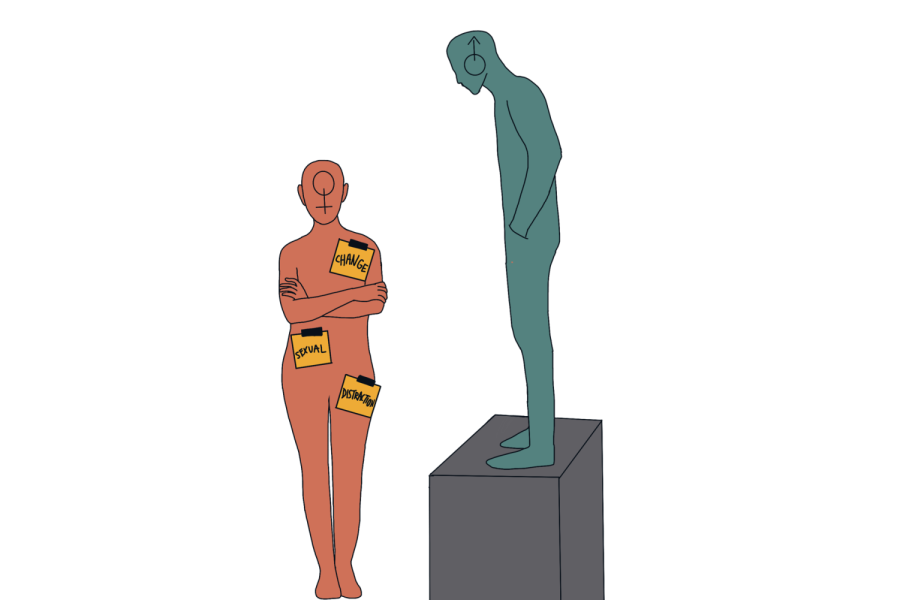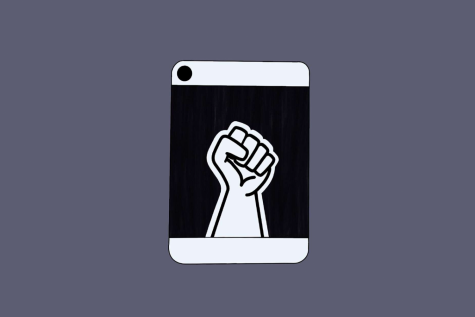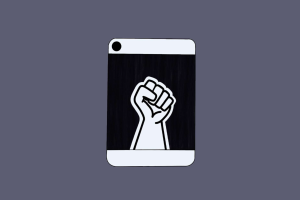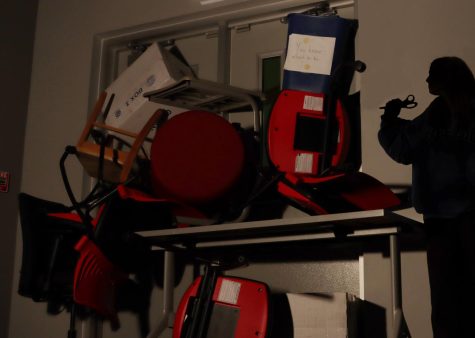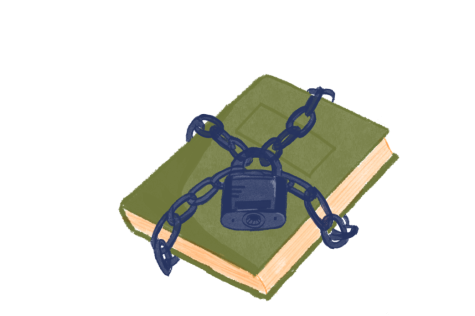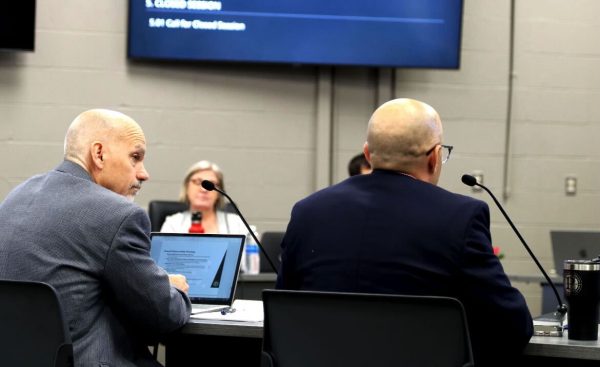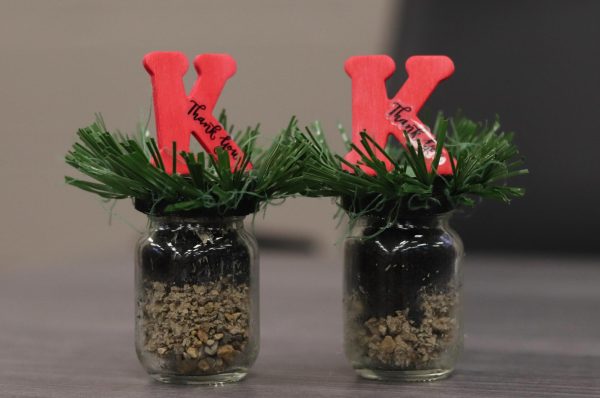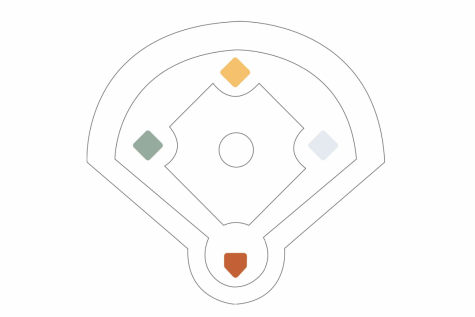Call Ed: Addressing the dress code
“No butts, boobs or bras.”
This motto, otherwise known as the “Three B’s,” is widely referred to when discussing the dress code at KHS. Whether at assemblies or during announcements, KSD administrators have made it clear that no body parts should be “hanging out” while at school. The KHS handbook lists dress code guidelines that TKC believes are outdated and biased. With the dress code policy being a controversial topic at KHS these past couple weeks, TKC staff unanimously (68/68) voted that the dress code should be updated to address its inconsistency, sexism and outdated policies.
Guideline 1 of the dress code within KHS’s handbook states: “Students’ dress and appearance are required to be of such character as to not disrupt nor distract from the instructional procedures of the school day.” But what exactly is considered “distracting” or “disrupting?” This vague language leads to misinterpretation. To avoid confusion, the dress code should be more specific, allowing for an easier understanding for students and teachers. If a dress code is going to be enforced, all Kirkwood teachers must follow it. It’s confusing for students when some faculty members are notorious for dress coding, while others couldn’t care less what a student wears. This discrepancy in the enforcement of the dress code only leads to more irritable students.
An anonymous female KHS senior received multiple complaints from teachers about her clothing choices during the week of Sept. 6. The complaints were mainly about her tank top, which, according to the anonymous female, showed too much bust, shoulders and back. She said being dress coded made her feel “disgusting.” Being dress coded made her feel “disgusting.
Dress codes tend to victimize girls by sexualizing their clothing. In a survey, 68% (193/284) of students think that the dress code is sexist. A school’s main concern should be the education of students, but girls cannot learn if they are interrupted during the school day by being asked to “cover up.” Not to mention how humiliating and embarrassing it can be when a faculty member comments on their clothing. If a teacher can’t handle a girl’s midsection showing, they shouldn’t be working with them. In updating the dress code, the KSD administration needs to make sure that it is inclusive to all genders instead of targeting girls.
The dress code being a hot topic isn’t solely a Kirkwood conversation. At Webster Groves High School (WGHS), senior Bridget Moehlman organized a movement on Aug. 27 to peacefully protest girls feeling uncomfortable at school after being dress coded. Moehlman believed the rules set in place were sexualizing women’s stomachs because girls were getting dress coded for wearing crop tops more frequently than boys were being dress coded. She thought it was “weird that male teachers were telling girls to pull their shirts down or their shorts up.” Moehlman said she now is having meetings with her principal to revise the dress code throughout the year. This shows that KSD can make the same changes if the administration takes input from the students while updating the dress code.
KHS Principal Dr. Mike Havener said that because of the movement at WGHS, the dress code has been discussed amongst the administration more than prior years. Havener noticed that it is normal for the dress code to be a popular topic at the beginning of every school year since warmer weather leads to lighter clothes. When asked if he noticed one gender getting dress coded more than the other, Havener said, “probably yes, it’s just the style of clothing that is fashionable at the time and fashion changes every year, so it probably has a more direct correlation to fashion.” So if trends are evolving, the dress code should as well.
Guidelines with an underlying root of sexism should be abolished.
So when is dress coding OK? Like many administrators have said, school has a different environment than going out with friends, so there is a time and place to wear certain apparel. Specific dress code guidelines should remain, such as not allowing clothing that communicates profane language, violence and drugs. Dress code guidelines with an underlying root of sexism should be abolished, but that does not mean that the dress code as an entirety should be.
Nowadays, more revealing clothes are marketed to women, making it practically impossible to buy a shirt that doesn’t show at least a little midriff. As trends change, so can our perspectives on societal stereotypes that sexualize women for wearing certain outfits. The constant dress code reminders on the announcements lecturing students that they “must wear shorts that go to mid-thigh” and that they “can’t have any midriff showing” are redundant and frustrating, especially since shorts guidelines aren’t outlined in the KHS dress code, but only in the district-wide student dress code. This KSD document, which is what the KHS dress code is based on, outlines administrative procedure: specific guidelines of what students can and cannot wear. The problem? This document was last updated in 2005. Such an outdated policy cannot possibly reflect current fashion trends and social norms.
Teaching people to not sexualize women would make more of a difference than immediately placing the blame on a girl for something she cannot control. Instead of pointing fingers at girls for wearing something “revealing,” the KSD administration should update the dress code and enforcement procedure to make it more modern, clear and fair between genders.
Your donation will support the student journalists of Kirkwood High School. Your contribution will allow us to purchase equipment and cover our annual website hosting costs.
This is the opinion of the entire Kirkwood Call staff.
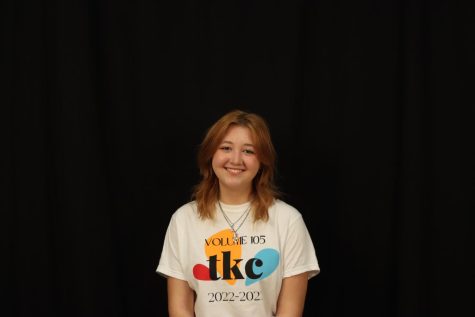
She/Her
Hobbies and Interests: art, jewelry making, changing my hair color
Favorite song: No Surprises by Radio Head
Favorite Quote: "You have...


